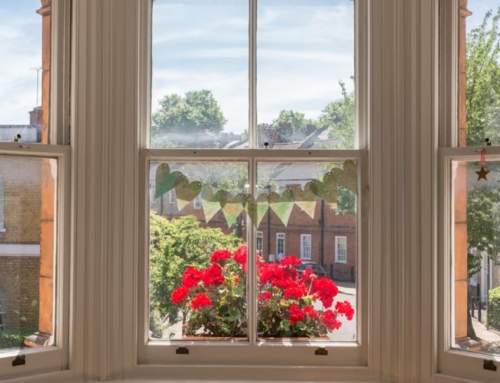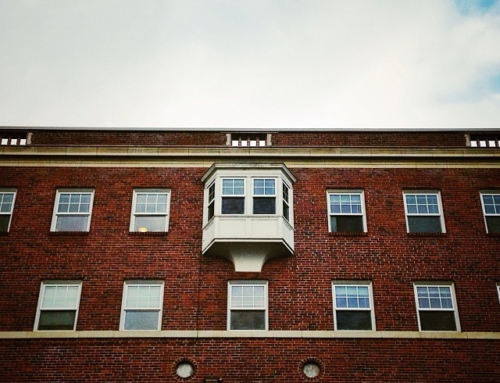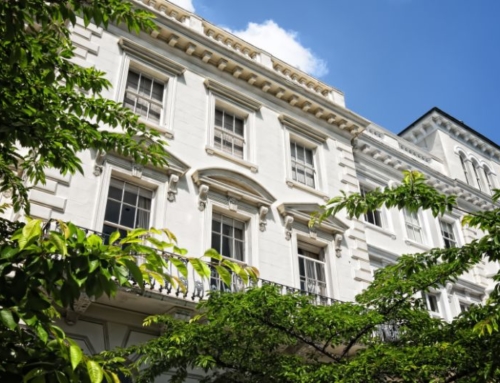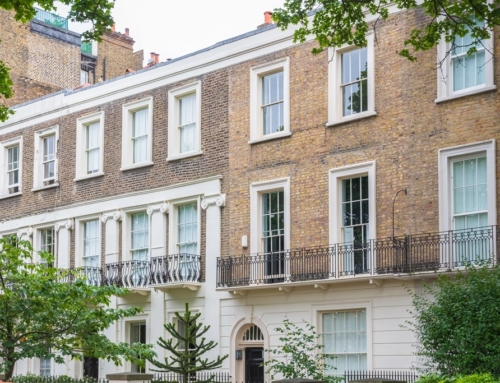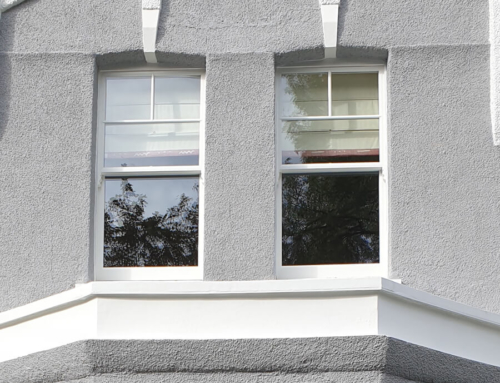With home improvements becoming such a popular project for many property owners, it’s easy to forget that window replacements aren’t always an option for everyone. If you live in a listed building or can’t alter existing windows, there are still solutions available to help you achieve the modern functionality that many contemporary glazing features have. This includes secondary glazing installations. Here’s everything you need to know.
What Is Secondary Glazing?
Secondary glazing is installed completely separately from the window units you have in place. This fully independent, internal window is fixed to property interiors, opening up to reveal the original window, which has been left untouched, in-line with planning rules.
You won’t usually require planning permission for secondary glazing, providing the perfect solution for anyone in a home where double or triple glazing upgrades aren’t possible. You can still reach your existing fittings by opening the unit as you would another window.
Does Your Property Need Secondary Glazing?
Secondary glazing offers a wide range of benefits to homeowners to reduce the issues associated with older fittings. One of the biggest problems experienced with single glazing is thermal performance, sometimes letting in draughts or leaving rooms feeling chilly in the colder months. This can lead to rising energy bills as you’re trying to keep your home warm.
Secondary glazing is the perfect way to add another layer to your window units, stopping cold air from entering the property while helping to keep the warmth inside. In the warmer months of the year, you can easily open the glazing to help enhance the airflow in your rooms.
Other Benefits of Secondary Glazing
Two of the other key benefits of secondary glazing are enhanced security and sound insulation.
If you look at how sash windows work, you can imagine how those stuck with old installations may be subject to issues such as sticking windows upon opening and closing. This could lead to security issues, especially if you’re finding it hard to lock windows securely. Secondary glazing should give you more peace of mind, and you could also ask your glazing supplier to take a look at your existing windows to see if any repairs are possible within planning guidelines.
The additional double glazing can also provide some of the effects of installing triple glazing, reducing the level of outside noise coming into your home.
Designing New Glazing
Secondary glazing can be incredibly subtle, fitting neatly over existing windows so that your views aren’t obstructed and frames don’t feel intrusive in your rooms. You can even pick secondary glazing designs in styles similar to your sash or casement windows, helping the unit to blend in with your property’s aesthetics.
If you don’t like the interior design of your current single glazed windows, you could even choose something a little different and pick coloured frames to give your rooms an uplift.
Do you need a secondary glazing supplier?
Speak to the expert team at Simply Sash Services. We operate across London locations such as Kingston, Putney and Richmond. For a no-obligation chat and free estimate on any of our products, get in touch.


